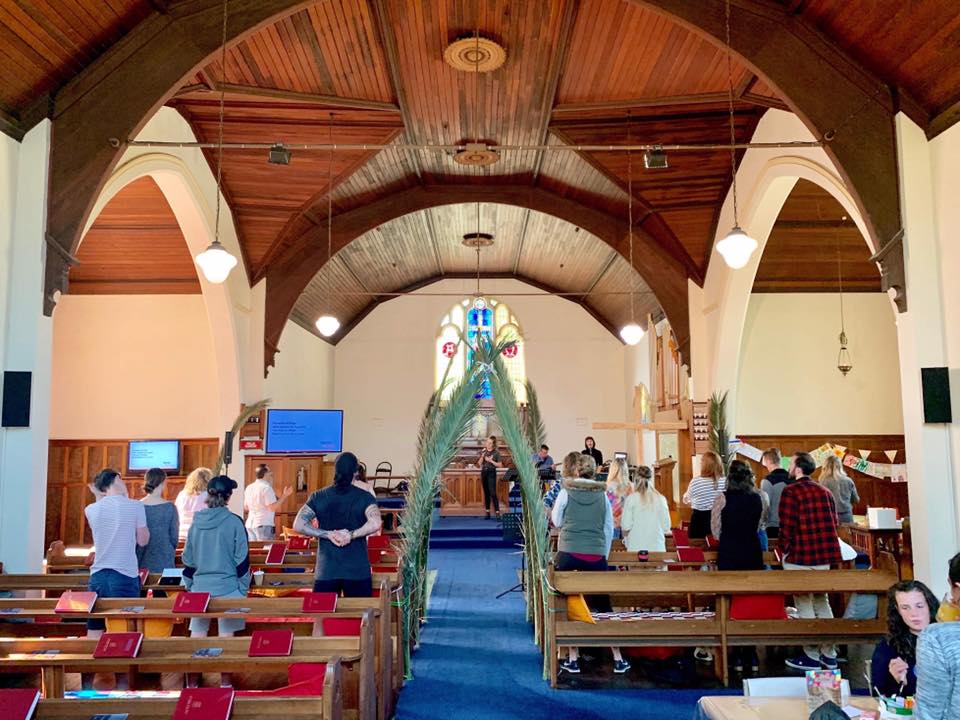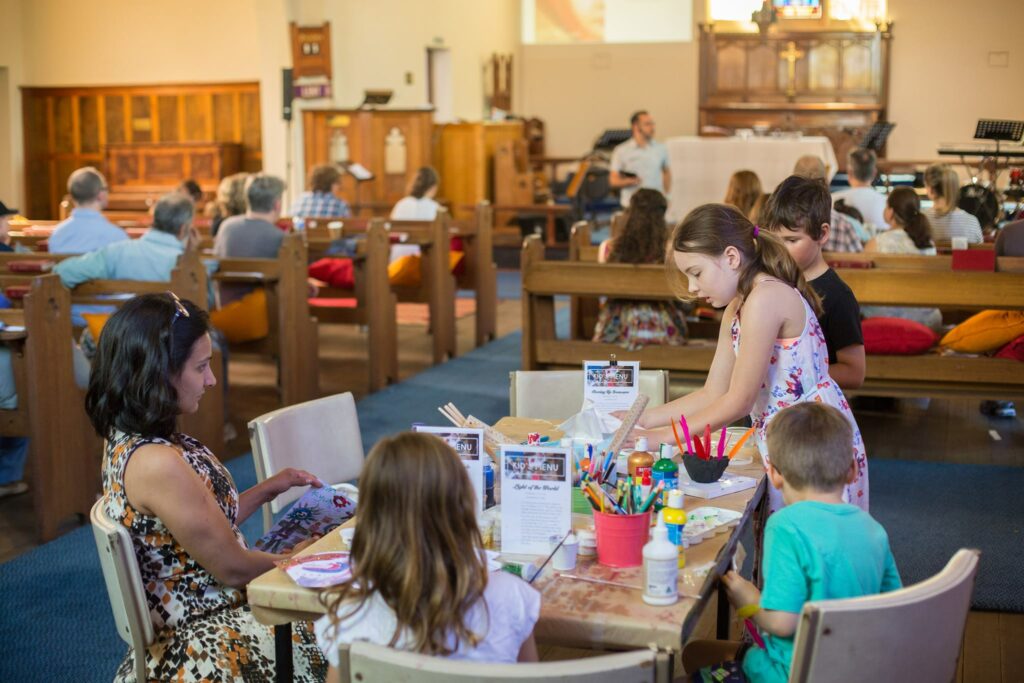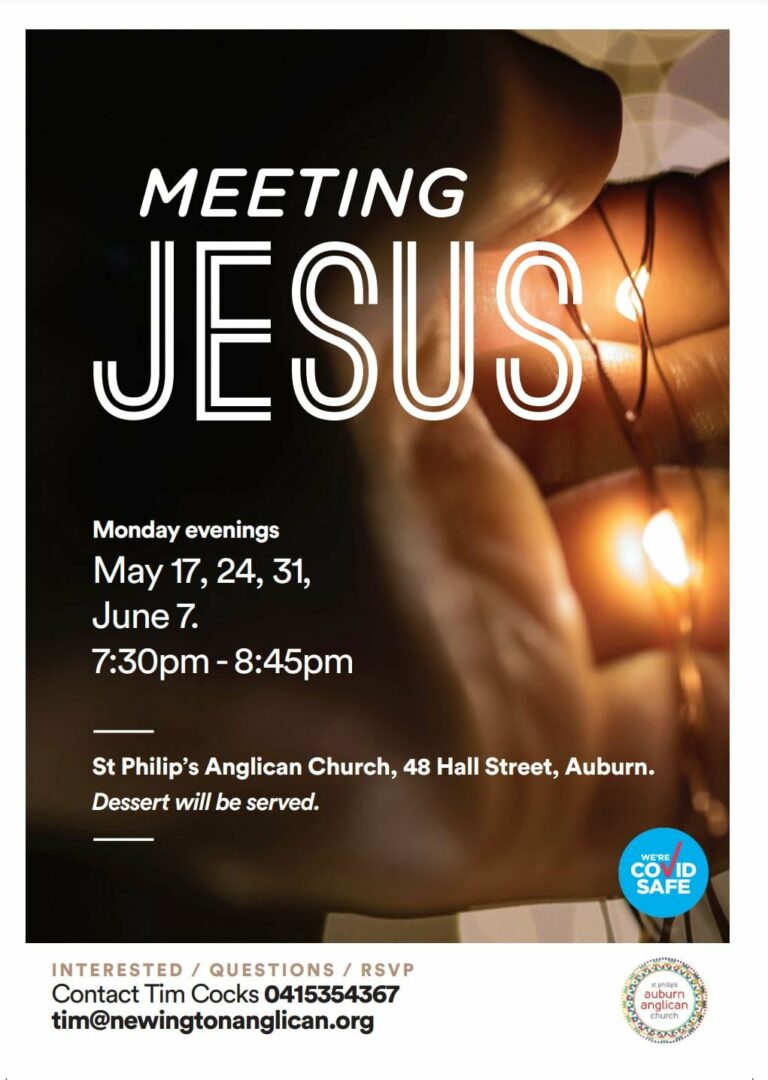Here’s an excerpt from our interview with St Caths, whose leaders Adam and Heather Cetrangolo and their team, build their health and vitality through initiatives such as this.
Read the conversation below.
NCLS: I can see the way the church is set out with various lounge areas, and art areas and child-friendly areas and up the back where you can just sit, without having to come right in. Is that an intentional part of how you work?
AC: Yes, so I guess one of the things we’ve tried to do, and this is on our website as well, because both my wife and I came out of traditional church as ministers and so, if you go to a very traditional church, there’s a way of doing things and there’s also a lot of – there’s instructions. Stand up, sit down, sit here, say this, respond this way and so forth. And, there’s nothing wrong with that but it’s not necessarily the most welcoming way to encourage people in.
And we thought even though we want people to be able to come and be involved, we want people to be able to come and observe as well.
Like, if you’re not a Christian, you don’t necessarily want to say amen to every prayer that’s prayed or stand up and sit down when other people are standing up and sitting down. But, why can’t you just wander in and have a look at what’s going on and see? So, it’s a very intentional area of our church to say, you can just come in as a spectator if you want.
And we’ve seen people, literally, over time move from sitting on the back couch to moving into the back pew, to moving into the congregation, to making a commitment to faith. And, so I think people feel very safe and in the same way people I think have felt comfortable enough to come the first time and not be believers and sit in the front row if they want to. If they’re that way inclined, they don’t feel strange about that, they can just come in and do that.
So, yes it is intentional. And my wife’s got a teaching background, so one of the other intentional things has been about, if you go into a classroom these days, you don’t walk into a classroom and there’s just rows of desks like when I went to school. You’d have different learning spaces and you have children being able to engage at different levels and so we thought well, even before we had lots of artists and actors and people in our church, we, kind of, thought well, some people will actually listen better if they’re colouring in or painting something or whatever.
So, we put these spaces around the church for people who are more kinetic in the way they connect, or just, some people don’t like sitting still for a long time. Most people can, like, we have, you know, I would say, I’m a bit of a long preacher, but no one really struggles with that because they don’t feel like they have to sit still in their seats. They can be wandering around, they can be drawing or painting or doing something. We have coffee and tea running through the whole service so they can get up and refill their cup and not feel like people are going to watch them or wonder what’s going on. It’s almost the other extreme, sometimes can people just come back now?
But, I think that’s been a really lovely culture as well, and it’s so normal for our people that you quickly come in as a visitor and go, okay, it’s anything goes in terms of being able to get up and wander around and do things. And, so only the people who maybe impose on themselves because that’s what they’re used to, would go I can’t believe you’re going to get up and move around.
NCLS: And, was there a transition time for everyone else to get used to that style? Or, do you think because 11am had that post-church goal that it was pretty okay?
AC: It was pretty okay. I think one of the things about St Catharine’s is that it was always – the vibe was always a bit relaxed. We just brought that right into the worship space as well, you know? People wouldn’t have worried about wandering outside to answer their phone or getting up and making themselves a cup of tea or whatever, but we’ve just made that even more normal in terms of how we do worship, you know?
















